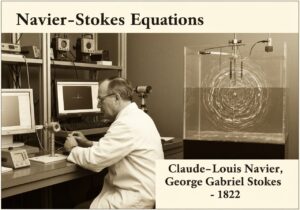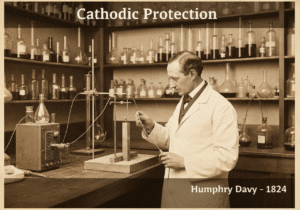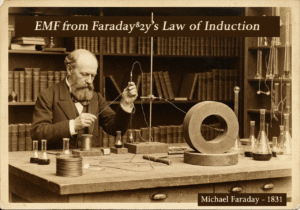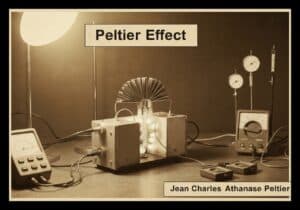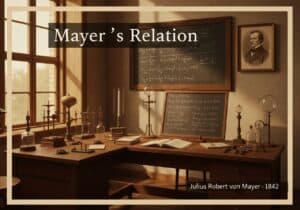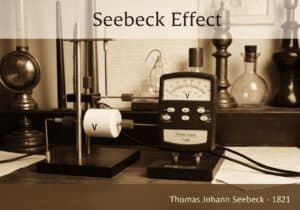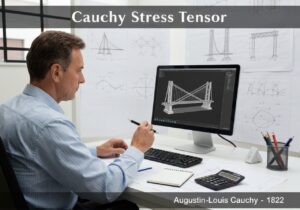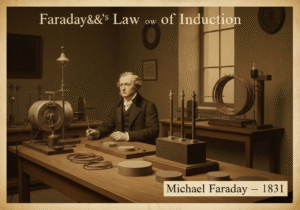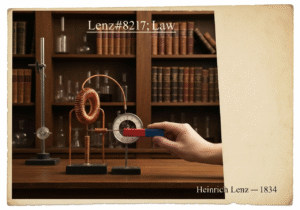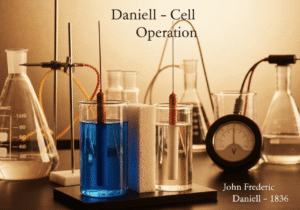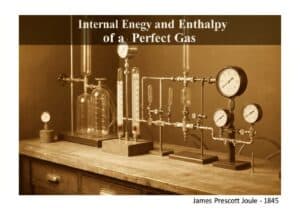A reformulation of classical mecánica that uses generalized coordinates and their conjugate momenta. It is based on the Hamiltonian function, [latex]H(q, p, t)[/latex], representing the system’s total energy. The dynamics are described by Hamilton’s equations: [latex]\dot{q}_i = \frac{\partial H}{\partial p_i}[/latex] and [latex]\dot{p}_i = -\frac{\partial H}{\partial q_i}[/latex]. This estructura is central to quantum mechanics and statistical mechanics.
Mecánica hamiltoniana
- William Rowan Hamilton
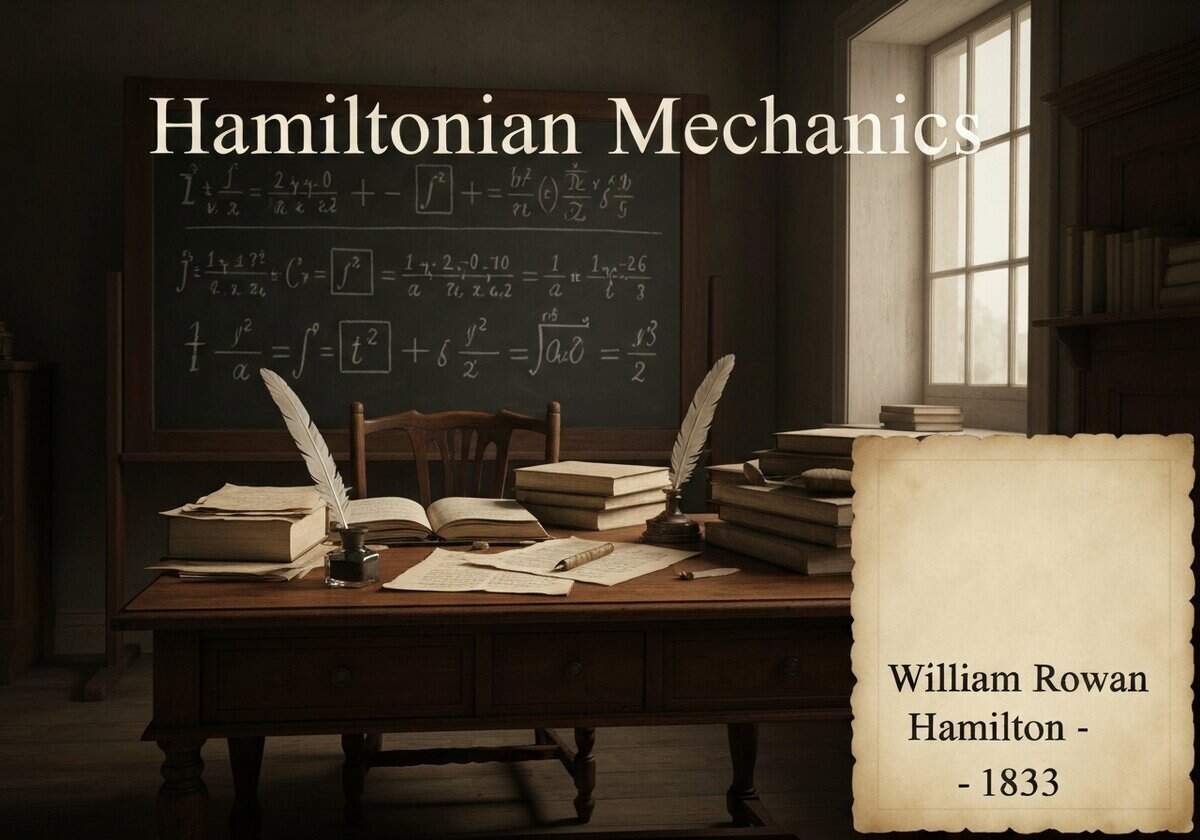
Hamiltonian mechanics, developed by William Rowan Hamilton, is a further abstraction of classical mechanics, building upon the Lagrangian framework. Its natural setting is phase space, an abstract space where the axes are the generalized coordinates ([latex]q_i[/latex]) and their corresponding generalized momenta ([latex]p_i = \frac{\partial L}{\partial \dot{q}_i}[/latex]). The complete state of a system at any instant is represented by a single point in this phase space.
The central function is the Hamiltonian, [latex]H(q, p, t)[/latex], which is derived from the Lagrangian via a Legendre transformation. For many common systems, the Hamiltonian is simply the total energy, [latex]H = T + V[/latex]. The system’s evolution in time is governed by a set of first-order differential equations known as Hamilton’s equations: [latex]\dot{q}_i = \frac{\partial H}{\partial p_i}[/latex] and [latex]\dot{p}_i = -\frac{\partial H}{\partial q_i}[/latex]. These equations are symmetric and often easier to work with than the second-order Euler-Lagrange equations.
A profound aspect of this formalism is its deep connection to other areas of physics. The structure of Hamiltonian mechanics is preserved under a class of transformations called canonical transformations. The time evolution of any quantity [latex]f(q, p)[/latex] can be expressed using Poisson brackets, a mathematical operation that has a direct analogue in quantum mechanics: the commutator. This makes Hamiltonian mechanics the most direct classical precursor to quantum theory.
Furthermore, Hamiltonian mechanics is the foundation of statistical mechanics. Liouville’s theorem, a direct consequence of Hamilton’s equations, states that the volume of a region in phase space is conserved as it evolves in time. This principle is crucial for understanding the behavior of large ensembles of particles, such as atoms in a gas.
Tipo
Disrupción
Utilización
Precursores
- Mecánica lagrangiana
- Transformación de Legendre
- Cálculo de variaciones
- Mecánica newtoniana
Aplicaciones
- quantum mechanics (Schrödinger equation formulation)
- statistical mechanics (phase space and liouville’s theorem)
- mecánica celeste (teoría de perturbaciones)
- teoría del control y control óptimo
- óptica geométrica
Patentes:
Posibles ideas innovadoras
Membresía obligatoria de Professionals (100% free)
Debes ser miembro de Professionals (100% free) para acceder a este contenido.
DISPONIBLE PARA NUEVOS RETOS
Ingeniero Mecánico, Gerente de Proyectos, Ingeniería de Procesos o I+D
Disponible para un nuevo desafío a corto plazo.
Contáctame en LinkedIn
Integración de electrónica de metal y plástico, diseño a coste, GMP, ergonomía, dispositivos y consumibles de volumen medio a alto, fabricación eficiente, industrias reguladas, CE y FDA, CAD, Solidworks, cinturón negro Lean Sigma, ISO 13485 médico
Estamos buscando un nuevo patrocinador
¿Su empresa o institución se dedica a la técnica, la ciencia o la investigación?
> Envíanos un mensaje <
Recibe todos los artículos nuevos
Gratuito, sin spam, correo electrónico no distribuido ni revendido.
o puedes obtener tu membresía completa -gratis- para acceder a todo el contenido restringido >aquí<
Contexto histórico
Mecánica hamiltoniana
(si se desconoce la fecha o no es relevante, por ejemplo "mecánica de fluidos", se ofrece una estimación redondeada de su notable aparición)
Invención, innovación y principios técnicos relacionados
